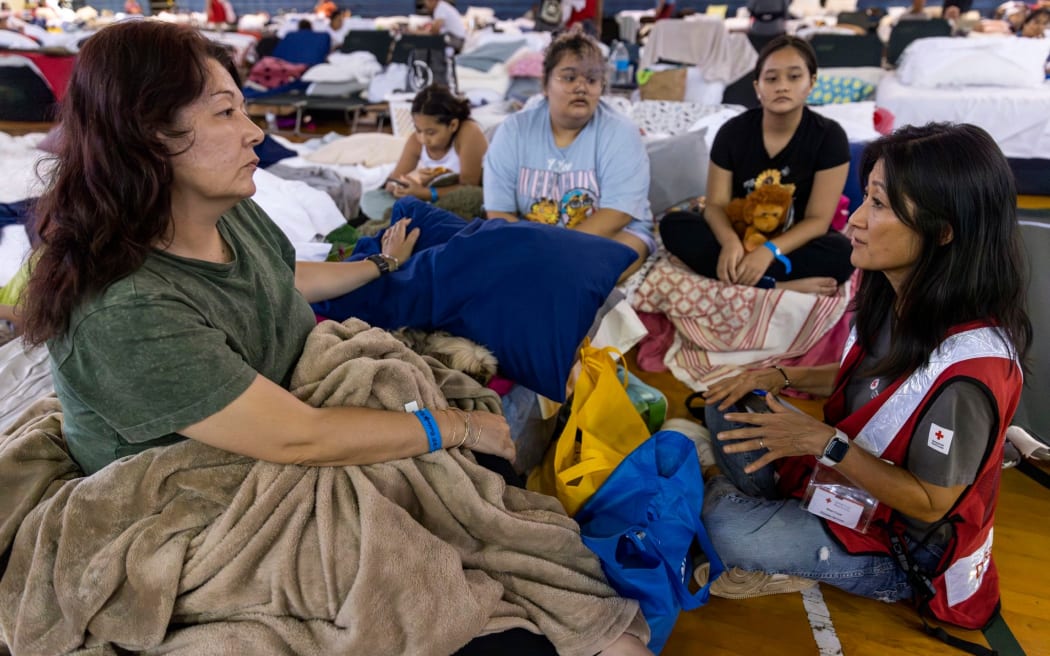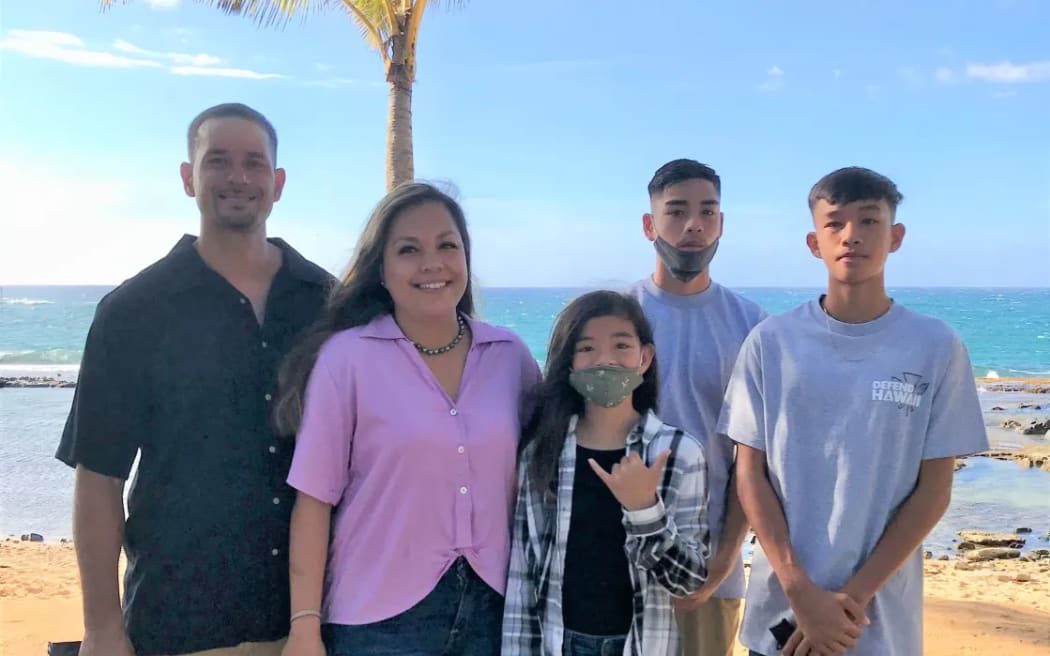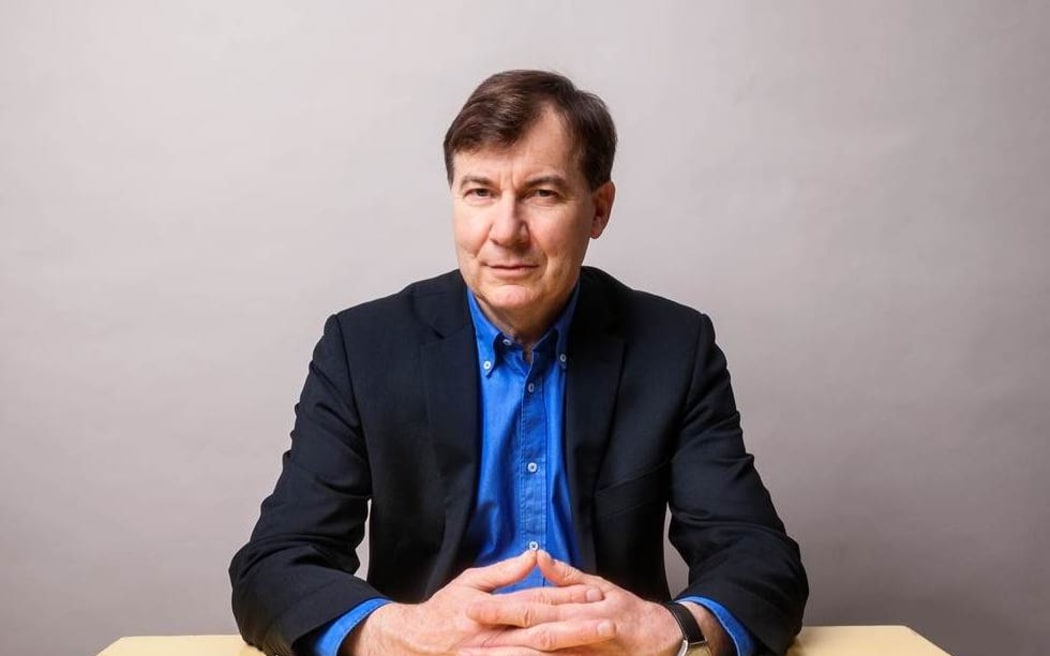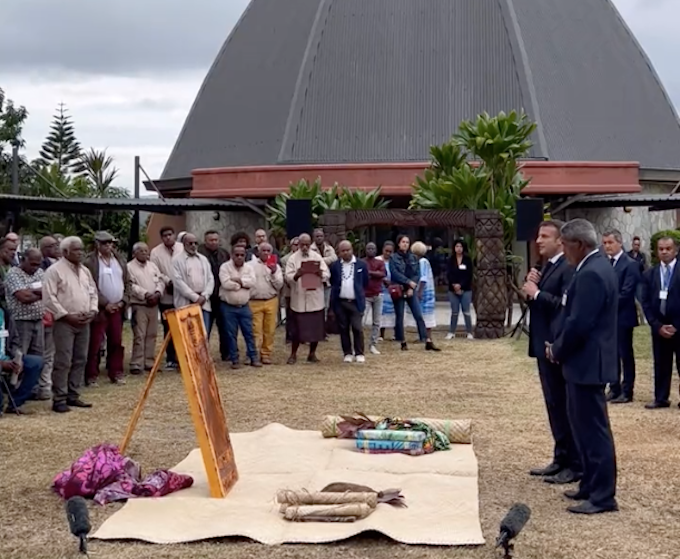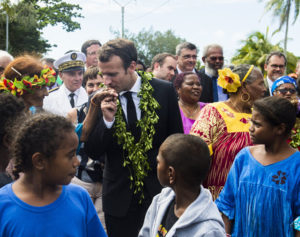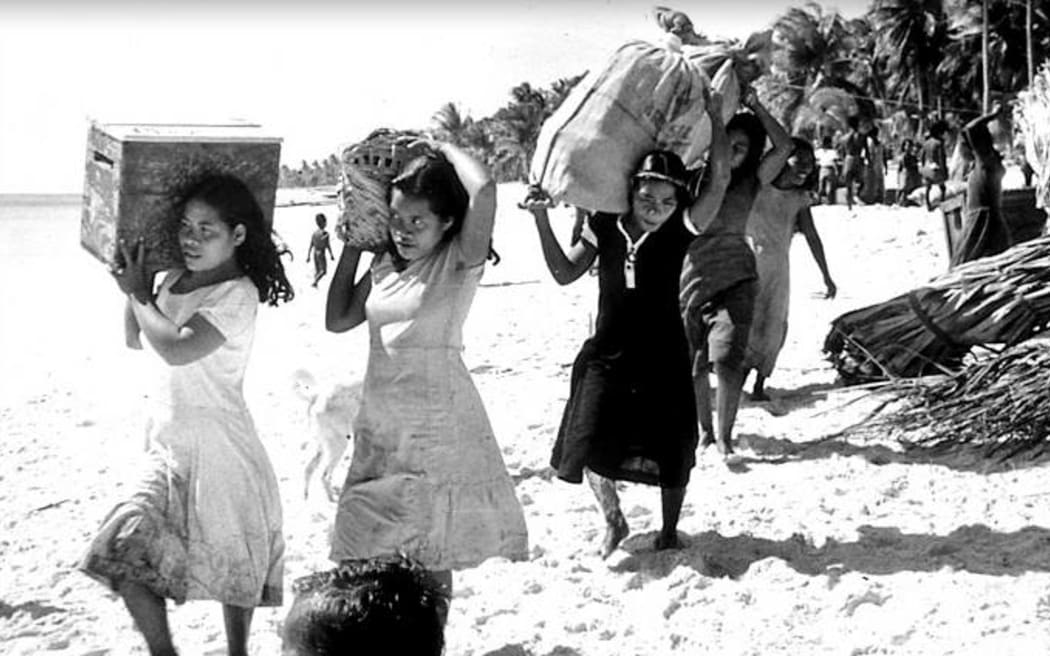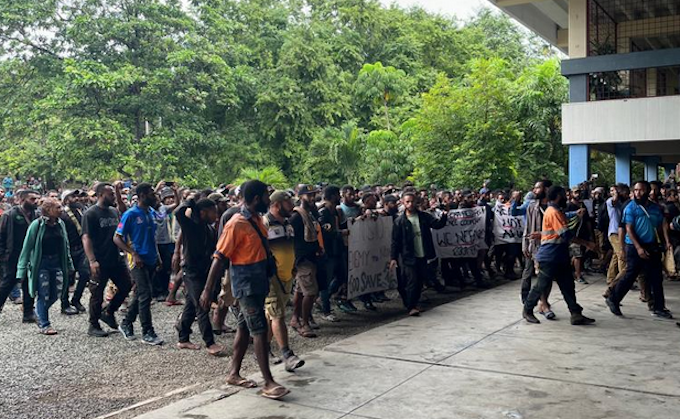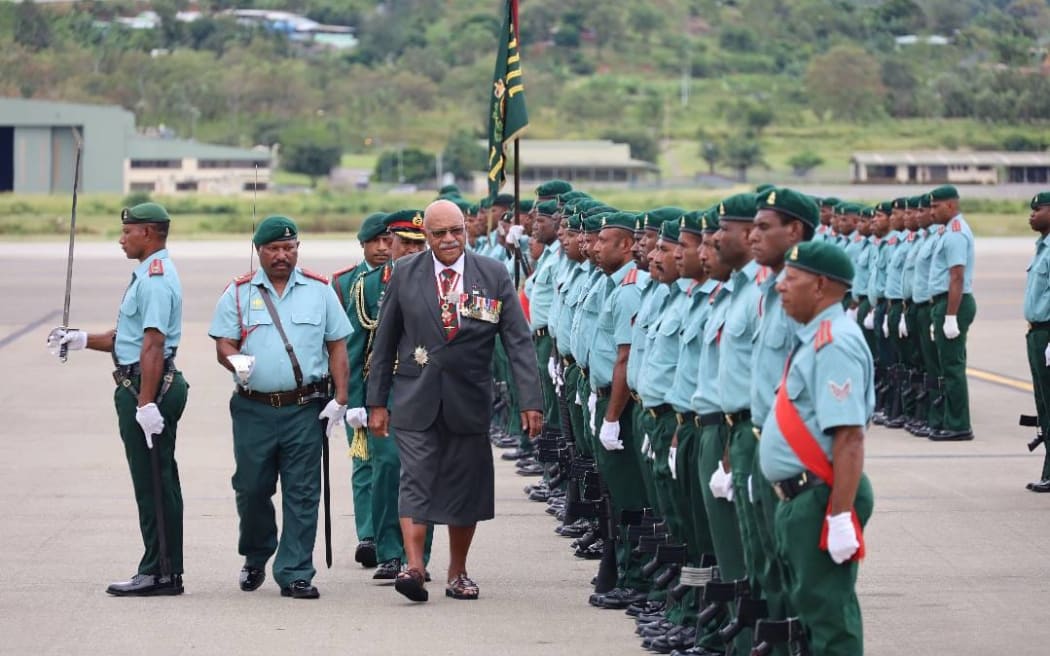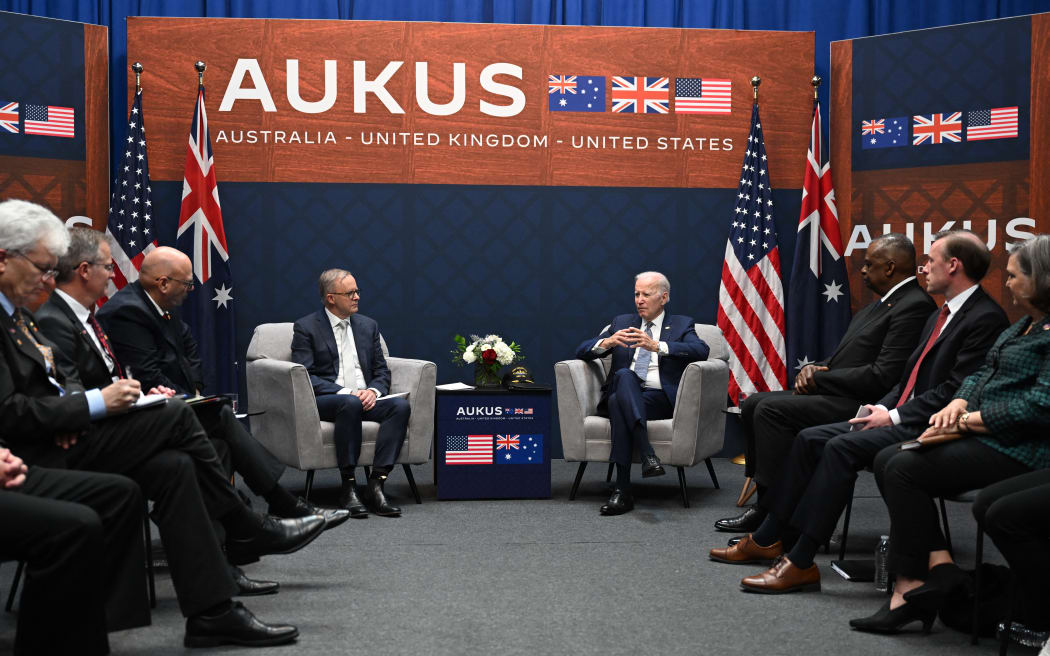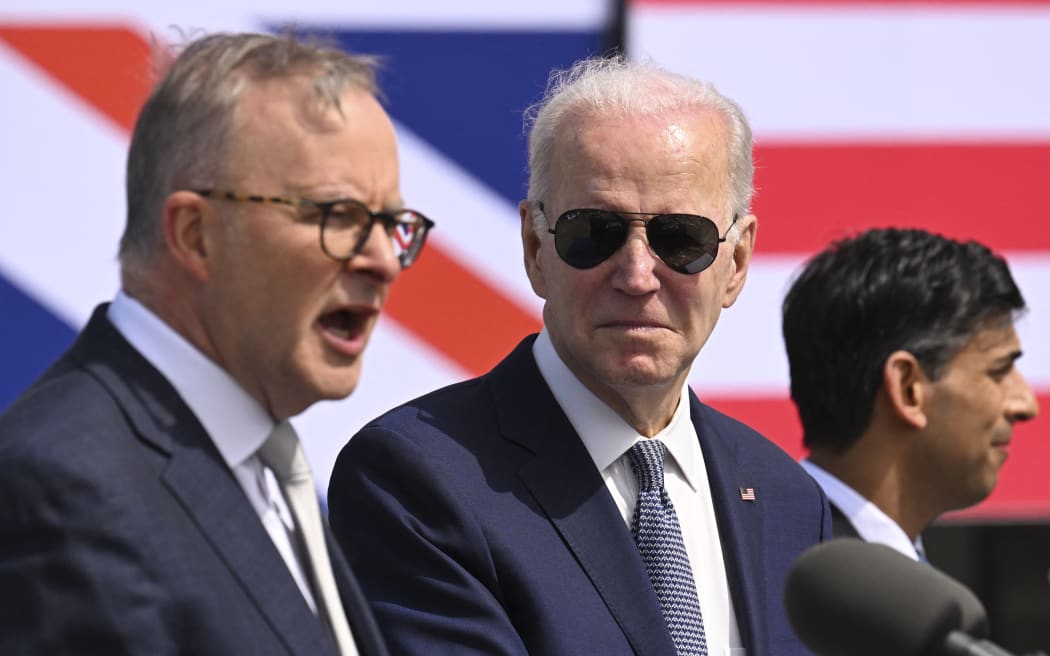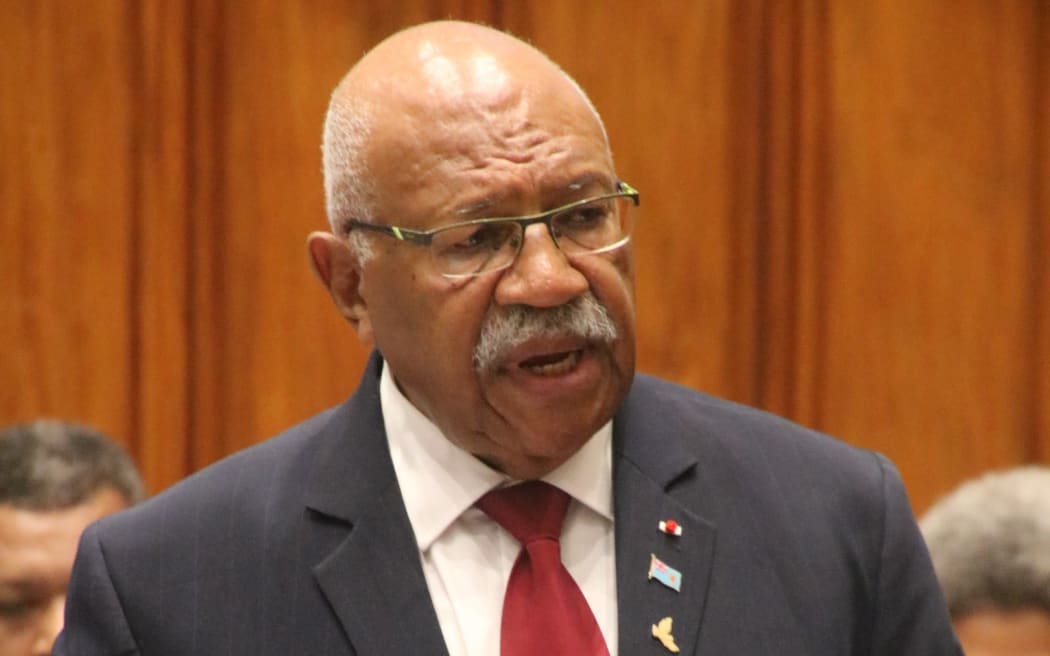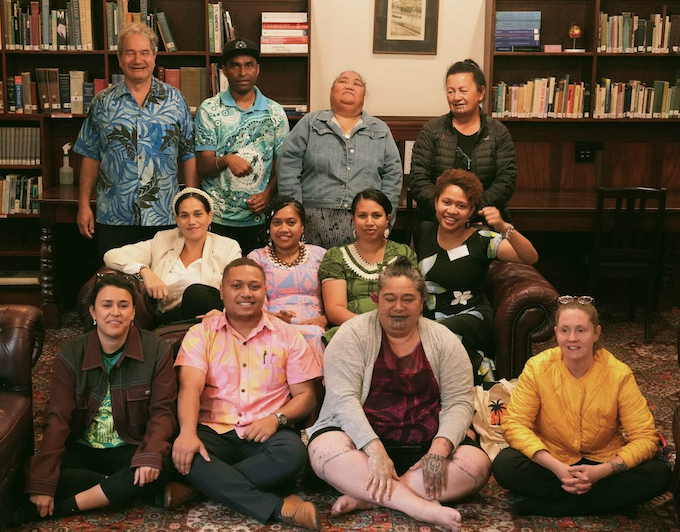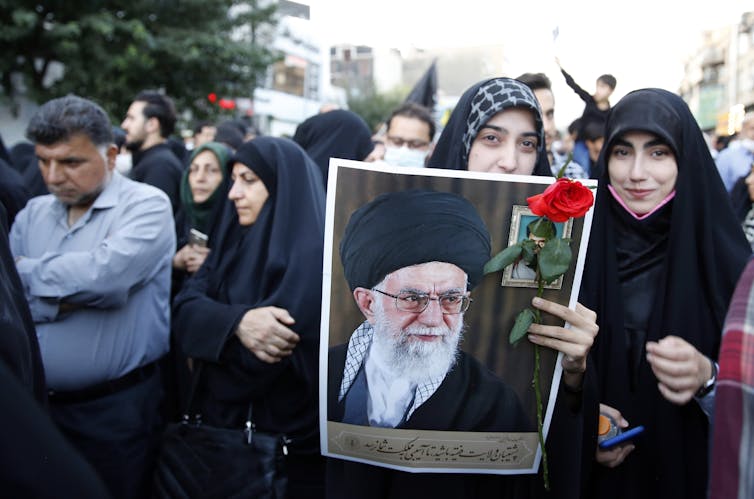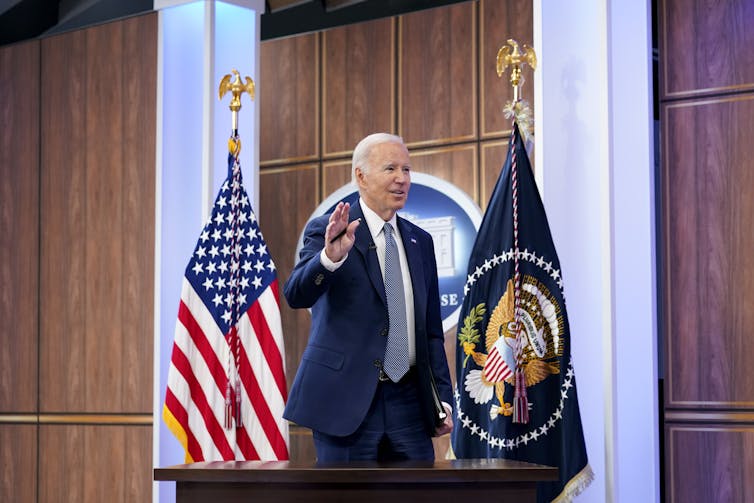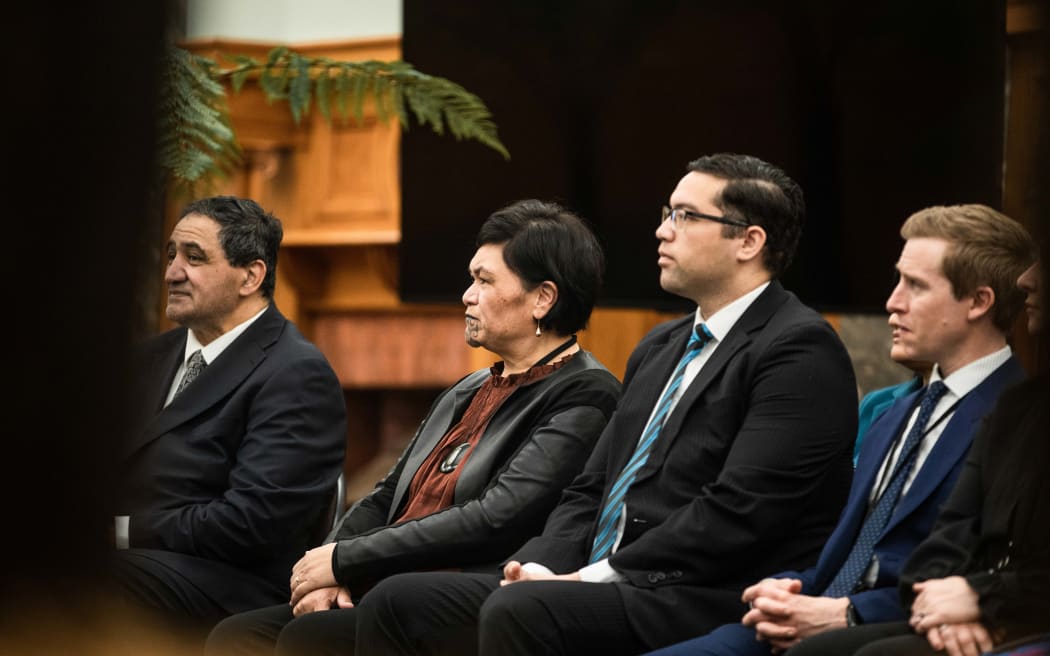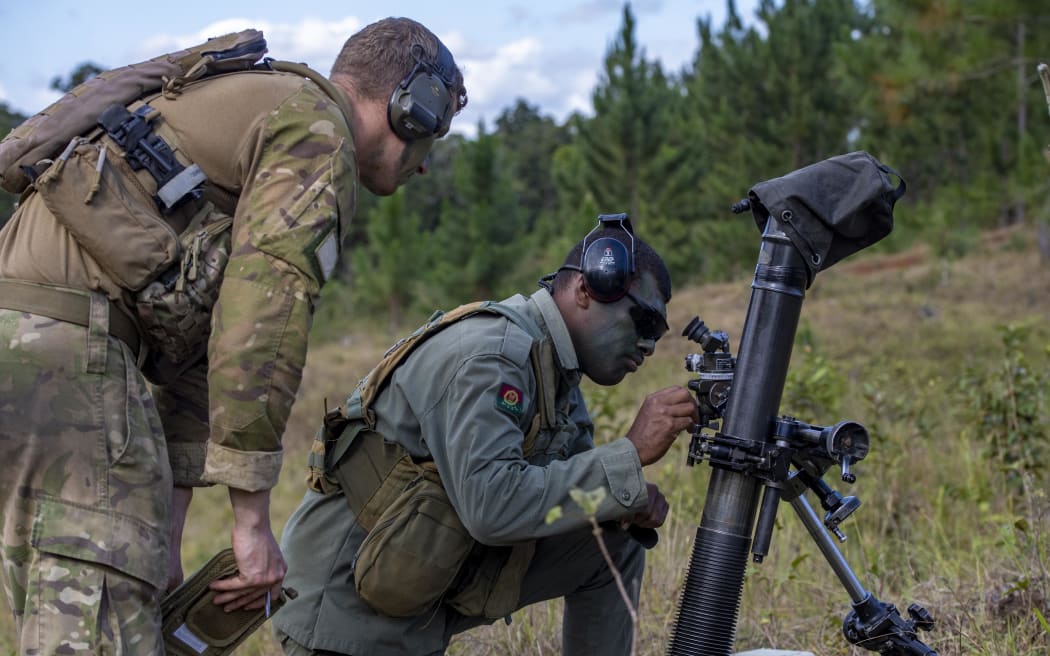By Chase DiBenedetto
See original post here.
The promise of Universal Basic Income (UBI) remains an attractive concept to many, even as the U.S. economy fluctuates, COVID-19 public health declarations are lifted, and the threat of a national recession ebbs through the news cycle. Cities across the country continue announcing new free cash programs for residents, and early adopters have concluded and published the results of multi-year pilot programs.
UBI is actually an old concept, bolstered by numerous historic examples showing the practice’s positive economic effects. The idea is very simple: Long-term cash payments provide a basic safety net for everyone. Payments come with absolutely no conditions attached, as often as once a month. In the 21st century, the more local programs we launch, the more it seems to work.
The idea gained widespread and urgent relevance in 2020, as millions of households coped with the financial impact of the pandemic. In response, many cities chose to test guaranteed income programs — similar in principle to UBI, but offered to a select portion of a city’s population instead of all residents.
These groups are either randomly selected, or chosen based on location, wealth, or even career, like the guaranteed income programs for artists in San Francisco and Long Beach, California.
Mayors for a Guaranteed Income, founded in 2020 by former Stockton, California, Mayor Michael Tubbs, advocates for guaranteed income programs across the country. By the end of 2022, there were more than 100 mayors involved in the organization’s work, and a few dozen had already launched pilot programs, with even more planning guaranteed income initiatives. Early member cities could apply for up to $500,000 in funding for their own pilot programs, initially funded by a $15-million donation from former Twitter CEO Jack Dorsey.
The movement for guaranteed income is growing, initiated in public consciousness by previous demands for financial safety nets during the pandemic. Momentum has been facilitated in part by groups like the grassroots nonprofit Income Movement, which consults with city governments and organizes global public marches pushing for basic income, and the Economic Security Project, another nonprofit that advocates for a guaranteed income.
Nationwide, nonprofits also are throwing themselves into the mix. Miracle Messages, a nonprofit providing social support services for people experiencing homelessness, hosts its own version of a UBI pilot for unhoused people across the nation. Called the Miracle Money program, it provides $500 per month in direct cash transfers to participants.
And in February, Mayors for a Guaranteed Income launched Counties for a Guaranteed Income, which supports elected county officials in the broader movement for a stable income floor for all Americans.
State, not just city, governments are also slowly rising to the calls for guaranteed income. In 2021, California announced a statewide guaranteed income project, signed off on by Gov. Gavin Newsom, with a budget of $35 million for the next five years. Could it be one step closer to UBI?
Here’s a list of guaranteed income programs in the U.S., from the completed to the recently announced.
Alabama
Birmingham announced a guaranteed income research pilot — intended specifically to help single women raising children — in October 2021, and officially launched the program in February 2022.
Eligible participants were described as “female-identifying heads of family caring for at least one child under the age of 18,” according to the program application, and were randomly selected by the program’s research partner, Abt Associates. The first group of 110 people began receiving $375 per month for a year in March 2022.
The program also included a control group of 132 people who will not receive monthly income, but will be paid for their participation in pilot surveys. It was supported by a $500,000 grant from Mayors for a Guaranteed Income as well as additional funding from the city of Birmingham.
Arizona
Phoenix
In September 2021, the Phoenix City Council approved a $12-million cash assistance program to help low-income families.
The program provided 1,000 families a $1,000 monthly stipend for one year. Households must have been at or below 80 percent of the Area Median Income ($63,200 for a family of four, according to the city). Selected families were either living in U.S. Department of Housing and Urban Development communities, using federally funded housing choice vouchers for Section 8 properties, or participating in the city’s Emergency Rental Assistance program funded by coronavirus relief money, the Phoenix New Times reported.
Funds came from the American Rescue Plan Act (ARPA), with help from the Partnership for Economic Innovation, and the first payments (sent via prepaid debit cards) were distributed in February 2022.
California
The Compton Pledge program, announced in October 2020, provided monthly cash payments (between $300 and $600) to more than 800 families in the city of Compton for two years. The participating families were primarily “irregularly or informally employed residents, immigrants of varied legal status, and the formerly incarcerated,” according to a city statement.
Participants also were provided access to free banking services provided by Compton Pledge. As of April 14, 2021, the program had already distributed $1 million to 1,770 residents.
The last payments were distributed in 2023, making up a total of $9.3 million given directly to 800 participating families.
Los Angeles Mayor Eric Garcetti announced a $24-million guaranteed income program for LA residents in April 2021. The city government said it would reallocate $6 million cut from the LAPD budget towards the initiative. The Basic Income Guaranteed: LA Economic Assistance Pilot (better known by its acronym, BIG LEAP) provided 3,200 individuals under the poverty line with $1,000 per month for a year — much more than its original 2,000-resident goal.
To be eligible, applicants had to be pregnant or parents of dependent children, have an income at or below the federal poverty line, and be affected by COVID-19. The first payments were disbursed in January 2022, and the program officially ended in April 2023.
Los Angeles County
Los Angeles County has unveiled multiple other guaranteed income programs. In July 2021, the county announced it would be sending $1,204 per month to 150 residents between the ages of 18 and 24 years old. Those selected were already receiving general relief benefits for low-income residents.
A second direct cash program, BREATHE, unveiled in May 2021, ended its open application period in September 2022 and selected 1,000 residents to participate in a $1,000-per-month direct cash program. Support from the program will extend for three years. It’s supported by government funds, as well as philanthropic organizations like the Conrad N. Hilton Foundation, the James Irvine Foundation, and the Kresge Foundation.
Long Beach
In July 2021, Long Beach announced its guaranteed income pilot program to help residents of the city’s 90813 ZIP code. According to the Long Beach mayor’s office, this is the “highest concentrated area of family poverty in Long Beach and has a median household income 25 percent lower than any other ZIP code in the city.”
The program will give 250 families a $500 stipend for one year. Priority will be given to single-parent households, mainly single mothers, with incomes below the poverty line. In February 2022, the city launched a request for proposals to implement the proposed pilot, and in May 2022, it signed a contract with the nonprofit Fund for Guaranteed Income. The first payments were issued in May 2023.
Marin County
Inspired by the success of the neighboring Oakland and Stockton pilot programs, Marin County announced plans for its own pilot program in March 2021. The program would give $1,000 to 125 women of color who are raising at least one child under the age of 18.
The proposed $3-million initiative was supported by a nonprofit philanthropic group, the Marin Community Foundation, and a $400,000 grant from the Marin County Board of Supervisors. According to the foundation, the pilot’s first round of recipients focuses on those facing “the greatest aggregate of challenges: low income, young children, and facing the daily travails and insults of overt and covert racial discrimination.”
Eligible mothers were to be chosen from a pool of more than 4,000 individuals who already receive funding from the foundation.
The city of Mountain View’s guaranteed income pilot program was presented in its exploratory phase in September 2021 and launched officially in September 2022.
It will provide direct cash payments of $500 per month to 166 randomly selected low-income families for two years. Eligible participants must make 30 percent below the area’s average median income. The first payments were distributed in December 2022.
Oakland’s guaranteed income project was unveiled in March 2021 and provided hundreds of low-income families with $500 monthly payments during an 18-month project period. Households with the greatest income disparities, as defined by the Oakland Equity Index, were given priority in the application process. To qualify, families must have had a child under the age of 18. Eligible participants were randomly selected.
The program is entirely funded by private donors and had raised $6.75 million as of the announcement. Oakland representatives said at the time that “at least 80 percent” of those funds would be distributed over the 18 months.
In February 2022, the program announced it would be extending its first phase after receiving a $1-million grant from an anonymous donor, providing 300 families with $500 a month for an additional six months. The citywide second phase was launched in January 2022 for another 300 residents and will end in June 2023.
Santa Clara County
In July 2020, Santa Clara County launched the first guaranteed income program in the country that specifically helps young adults transitioning out of the foster care system. The pilot, which had a $900,000 budget, gave 72 former foster care youth $1,000 a month for one year.
Inspired by the success of the pilot program, Sen. Dave Cortese introduced the Universal Basic Income for Transition Age Foster Youth Act in 2021, which, had it been passed, would have given $1,000 a month to approximately 2,500 youth aging out of a state foster care program. The bill was tabled, but Cortese introduced a second version detailing the California Success, Opportunity, and Academic Resilience (SOAR) Guaranteed Income Program, which would provide guaranteed income to high school seniors experiencing homelessness. In April 2022, the bill passed a vote in the Senate Education Committee.
The San Diego for Every Child program was created by San Diego Mayor Todd Gloria and National City Mayor Alejandra Sotelo-Solis to address childhood poverty in San Diego. The guaranteed income pilot was announced in November 2021 and is managed in partnership with the Jewish Family Service of San Diego.
The pilot provides $500 a month for 24 months to 150 families, all of which have a child who is 12 years old or under. Only families living in select ZIP codes were eligible for the program: 92114 (Encanto), 92139 (Paradise Hills), 91950 (National City), and 92173 (San Ysidro). The pilot distributed its first monthly payments in March 2022.
San Francisco
The San Francisco area has debuted several free money programs.
The Abundant Birth Project is a pilot program led by Expecting Justice, an initiative to address preterm births and maternal health, and Mayor London Breed. The program provides “unconditional cash supplements to Black and Pacific Islander mothers as a strategy to reduce preterm birth and improve economic outcomes,” the organization explains. Recipients will get $1,000 per month for 12 months. They must be pregnant and have an annual income of less than $100,000. Initial payments were given out in June 2022, and enrollment for the first 150 recipients was completed in December 2022. The Abundant Birth Project website indicates the program will relaunch this year, with applications anticipated to reopen in summer 2023.
The South San Francisco guaranteed income program was announced and launched in 2021 to support undocumented or formerly incarcerated residents of the South San Francisco area, as well as provide relief during COVID-19. The program set out to distribute $500 a month for one year to 160 households who also receive case management services from the city. The first payments to select recipients were given out in December 2021.
In November 2022, the city announced it would be expanding even more guaranteed income programs thanks to a grant from the California Department of Social Services:
- Expecting Justice (Heluna Health DBA Public Health Foundation Enterprises, Inc.): A $5,000,000 grant to provide 425 pregnant individuals who are disproportionately impacted by perinatal health disparities with $600 to $1,000 per month for 12 months.
- Inland Southern California United Way: A $5,000,000 grant to provide 500 pregnant individuals and 150 former foster youth with $600 per month for 18 months.
- iFoster, Inc.: A $4,763,010 grant to provide 300 former foster youth with $750 per month for 18 months.
- Los Angeles Section National Council of Jewish Women, Inc.: A grant of $3,681,949 to provide 150 pregnant individuals who have diabetes with $1,000 per month for 18 months.
- San Francisco Human Services Agency: A $3,300,000 grant to provide 150 former foster youth with $1,200 per month for 18 months.
- McKinleyville Community Collaborative: A $2,354,841 grant to provide 150 pregnant individuals with $1,000 per month for 18 months.
- Ventura County Human Services Agency: A $1,500,000 grant to provide 150 youth former foster youth with $1,000 per month for 18 months.
The Sonoma County Pathway to Income Equity program was officially launched in September 2022 by the Sonoma County Guaranteed Basic Income Coalition and First 5 Sonoma County.
It provides 305 county residents with $500 a month for 24 months, and eligibility is based on income, residency, and the household’s reported impact from COVID-19. The funds are provided by the county, city of Healdsburg, city of Petaluma, and city of Santa Rosa, along with American Rescue Plan Act funds. The program is in partnership with the Fund for Guaranteed Income, and all payments are distributed as “COVID disaster relief.”
Announced in February 2019 by then-Mayor (and Mayors for a Guaranteed Income founder) Michael Tubbs, the Stockton Economic Empowerment Demonstration (SEED) is a completed pilot program that provided 125 residents with $500 monthly payouts over 24 months. The residents were chosen randomly from neighborhoods at or below Stockton’s median household income. It was funded entirely by $3 million in donations.
The results of the pilot program were released in March 2021. According to SEED, the guaranteed income resulted in higher rates of full-time employment. It also positively impacted the mental health of recipients. Participants reported being less anxious and depressed and “saw improvements in emotional health, fatigue levels, and overall well-being.”
Colorado
Colorado’s network of guaranteed income programs has expanded significantly in the last few years, including several initiatives out of the Women’s Foundation of Colorado, The Colorado Trust, and the Thriving Providers Project, an organization that helps distribute direct cash payments to home-based caregivers, among other nonprofits.
On the city level, the Denver Basic Income Project is a nonprofit initiative originally announced in collaboration with Mayors for a Guaranteed Income and the University of Denver’s Center for Housing and Homeless Research. It was specifically founded to help the city’s homeless population.
The program’s initial $5.5-million budget was funded entirely through private donations and philanthropic support. It staggered varying payments over the course of one year: 260 people received $1,000 a month, another 260 received an initial $6,500 payment followed by $500 every month, and a third group of 300 participants received $50 every month.
In September 2022, the city of Denver announced a $2-million pledge and its participation in the project’s latest endeavor: providing $12,000 over the span of a year to a select group of people experiencing homelessness. The pilot will benefit 140 individuals and households and operate similarly to the earlier tests. One participant group will receive $6,500 upfront and $500 a month for the next 11 months. Another group will receive $1,000 per month for a year.
Florida
In 2022, in collaboration with Mayors for a Guaranteed Income and local nonprofit Community Spring, the city of Gainesville launched the Just Income GNV guaranteed income pilot to help Florida’s formerly incarcerated population upon re-entry.
The program refers to this population as “justice-impacted.” To be eligible, applicants had to be a resident of Alachua County and have been recently released from a Florida state or federal prison, or a Florida county jail (with a felony conviction), or have begun their felony parole in the county. Each of the 115 randomly selected participants received $1,000 in the first month, followed by $600 a month for 11 months. The first payments were distributed in March 2022, and the pilot officially concluded in February 2023.
Georgia
In March 2021, Atlanta’s Old Fourth Ward Economic Security Task Force announced the beginnings of a pilot program in partnership with the Economic Security Project.
In December 2021, the Atlanta mayor’s office formally announced an Income Mobility Program for Atlanta Community Transformation (I.M.P.A.C.T.) fund in collaboration with Mayors for a Guaranteed Income and the Urban League of Greater Atlanta. The fund provided 300 Atlanta residents with $500 per month over a 12-month pilot period — an initial group of 25 participants began receiving payments in January 2022, with the rest receiving funds in June 2022. The recipients were all at least 18 years old and living below 200 percent of the federal poverty line ($53,000 for a household of four, the program explained).
Announced in early 2022, In Her Hands is a guaranteed income pilot program overseen by the Georgia Resilience and Opportunity Fund, which will provide $850 per month to 650 Black women living in three communities in Georgia, over the course of two years. The first cohort of recipients will be based in Atlanta’s Old Fourth Ward, while the second two groups will be based in Southwest Georgia’s Clay-Randolph-Terrell county cluster and the City of College Park.
Illinois
Chicago City Alderman Gilbert Villega announced his city’s proposed guaranteed income program in April 2021. The original proposal’s $30-million price tag came from the city’s $1.9 billion in American Rescue Plan funds.
The City of Chicago Department of Family and Support Services later debuted the Chicago Resilient Communities pilot program in collaboration with the nonprofit GiveDirectly. The pilot provided 5,000 eligible recipients with $500 a month for one year. To qualify, recipients must have been 18 years or older, below 250 percent of the federal poverty level, and have experienced economic hardship because of COVID-19. All 5,000 participants were selected as of August 2022, and payments started soon after.
In December 2022, the program reopened applications, thanks to a $14.68-million city grant. Applications will remain open until all relief payments have gone out, or by December 2023.
The Cook County Promise pilot program, announced in September 2022, will distribute $42 million to Cook County (Chicago-area) residents, making it the country’s largest guaranteed income pilot program yet.
The program is funded by the American Rescue Plan Act (ARPA) and partnered with GiveDirectly, AidKit, and several other community organizations dedicated to servicing hard-to-reach populations. It will provide 3,250 low-income families with $500 monthly cash payments for 24 months. First payments began in December 2022 and will continue through December 2024.
Evanston
The city of Evanston partnered with Northwestern University to launch its first guaranteed income pilot program, announced in August 2022.
It plans to provide 150 families with a $500 per month stipend, loaded onto a prepaid debit card, for one year. Eligible participants include low-income residents 18 to 24 years old or adults 62 years old and older, as well as undocumented community members. The pilot is funded by both the city and the university, as well as $700,000 in American Rescue Plan funds. The first payments went out in December 2022.
Indiana
Gary (Guaranteed Income Validation Effort)
The Guaranteed Income Validation Effort (GIVE) was completed in June 2022 and provided $500 a month to 121 low-income residents over the span of one year. To be eligible, participants had to make less than $35,000 annually. Alongside financial support, the first test group received financial literacy classes from local Centier Bank and admissions counseling from Indiana University Northwest.
The program was supported by a $500,000 grant from Mayors for a Guaranteed Income. After running out of funds in November 2021, the Gary City Council allocated $400,000 of American Rescue Act funds to cover the pilot’s remaining six months. GIVE will continue supporting its participants with a series of financial literacy courses.
Louisiana
New Orleans
In December 2021, New Orleans Mayor LaToya Cantrell unveiled the city’s first guaranteed income pilot to help “opportunity youth” (defined as young people who have graduated high school but are disconnected from work or school) afford basic needs. After receiving a $500,000 grant from Mayors for a Guaranteed Income, the program was announced to the public in May 2022. It was the first in the coalition to specifically address youth needs.
The pilot serves young people between the ages of 16 and 24 who are not in school or currently working. The 125 chosen recipients are from a variety of backgrounds and represent marginalized segments of the New Orleans community, including those in the juvenile justice system, pregnant people and new parents, unhoused youth, and immigrants. They will receive $350 per month for 10 months, and the first disbursements have already been issued.
Shreveport
The city of Shreveport also partnered with Mayors for a Guaranteed Income and launched its guaranteed income program pilot in February 2022 with the support of the city, Caddo Parish, and United Way of Northwest Louisiana.
The program provided 110 residents with $660 per month for one year. They had to be a single parent (married or unmarried) with an income below 120 percent of the federal poverty level. The first payments were distributed in March 2022.
Maryland
Announced in early 2022, Baltimore’s Young Families Success Fund (BYFSF) provides 200 parents or guardians between the ages of 18 and 24 with $1,000 per month over 24 months. Participants must also have incomes at or below 300 percent of the federal poverty level. The program is intended to “provide financial relief for their families and stabilize their households,” according to the mayor’s office.
After opening applications in May 2022, the program officially selected participants and began processing initial monthly payments in August 2022. It’s funded by $4.8 million in American Rescue Plan Act funds, the Mayor’s Office of Children and Family Success, and private donors.
Massachusetts
Chelsea (Direct Assistance Stipend Program & Chelsea Eats)
In response to the economic impact of COVID-19, the city of Chelsea announced a relief program for more than 2,000 low-income residents who reported struggling with food insecurity. The program was supported by both Mayors for a Guaranteed Income and the Shah Family Foundation, which randomly chose its recipients from a pool of more than 3,000 applicants. In 2021, the program supported 2,040 families who received between $200 and $400 a month, according to Mayors for a Guaranteed Income.
In 2020, the city also hosted its Chelsea Eats program to address financial and food insecurity. Approximately 2,000 households were given direct cash cards to use to purchase food. The cards were replenished with funds on a monthly basis for six months.
The Cambridge Recurring Income for Success and Empowerment (RISE) pilot program was announced in April 2021 and officially launched in September 2022. The program’s direct aim is to support single caretaker households and families below 200 percent of the federal poverty line.
Cambridge RISE Pilot provided $500 monthly payments to 130 households that earned less than 80 percent of the area’s median income and residents who are single (unmarried) caregivers with at least one child under the age of 18. Early funding for the program came through a $500,000 grant from Mayors for a Guaranteed Income, as well as the Center of Guaranteed Income Research at the University of Pennsylvania.
In 2023, the RISE program became the first non-lottery guaranteed income program in the country. Applications for the program reopened in June, allowing every resident with a dependent under 21, living at or below 250 percent of the federal poverty level, to access $500 a month for 18 months.
The Family Health Project supports new mothers with a guaranteed income during their children’s first three years. The program provides new moms with $400 a month for 36 months, as well as social service support from partnered agencies. The first cohort of 15 families started receiving payments in May 2021.
Another group of 15 families from the town of Roxbury were also selected to participate in a second direct giving pilot program, in partnership with Whittier Street Health Center.
Recipients must be referred to the program by a federally qualified community health center in partnership with the project. It’s entirely funded by philanthropic donations.
The Economic Stability/ Mobility Initiative is a partnership between the city of Newton and Economic Mobility Pathways (EMPath), a Boston-based anti-poverty nonprofit. Announced in February 2023, the program will support 50 families with $250 per month in cash assistance over the course of two years. EMPath will provide personalized, one-on-one economic mobility coaching to all participants.
Priority goes to low-income Newton families who are at or below 50 percent of the area median income, have children under 18 years old (or are pregnant), and who are interested in working and increasing their income, the city explained.
Michigan
Ann Arbor
Announced in June, the city of Ann Arbor will partner with the University of Michigan to launch its guaranteed income pilot program, a entrepreneur-based direct cash initiative that will give 100 families and individuals roughly $528 per month for two years. The city says it will focus aid on low- and moderate-income households with individuals engaged in some form of entrepreneurship, including home-based businesses.
The city has launched an online portal where those interested in the program can sign up for future updates.
Minnesota
Minneapolis
In partnership with Mayors for a Guaranteed Income, Minneapolis launched its pilot program in early 2022.
The program is supported by federal relief funds and is in partnership with the Royal Credit Union, which is offering financial services to unbanked participants. The first cohort will provide 200 residents with $500 per month for 24 months. To be eligible, individuals must be 18 years or older, have an income below 50 percent of the city’s average median income, and be impacted financially by the pandemic. They must also be residents of a select group of ZIP codes: 55403, 55404, 55405, 55407, 55411, 55412, 55413, 55430, or 55454. Applications have closed.
St. Paul’s pilot program began in October 2020 and gave 150 families $500 per month for a period of up to 18 months. The program was funded by the city’s grant under the federal CARES Act, the Minnesota Department of Human Services, and by private donors, making it the first of the Mayors for Guaranteed Income network to leverage public dollars, the organization says.
Recipients were chosen from those already enrolled in the CollegeBound Saint Paul program, a city-wide initiative to provide St. Paul children born after January 1, 2020, with college savings accounts.
In June 2022, the city announced the CollegeBound Boost program, expanding on the guaranteed income and college savings initiative. It will provide 333 low-income families enrolled in the CollegeBound Saint Paul program with $500 each month for two years, as well as deposits of $1,000 each for their children’s CollegeBound Saint Paul college savings accounts.
Mississippi
The Magnolia program was launched by Springboard to Opportunities in 2018. This pilot was the first in the U.S. to offer monthly payments specifically to low-income African American mothers. After the success of its first cohort in 2018, the program launched its second cohort in March 2020, which gave $1,000 a month to 110 mothers for one year. In March 2021, Magnolia Mother’s Trust unveiled its third group of participants, which added another 100 new mothers who will receive $1,000 monthly payments. The program continued with its fourth group of participants in May 2022, with payments ending in April 2023.
New Jersey
In 2019, Newark’s Guaranteed Income Task Force partnered with the Economic Security Project and the Jain Family Institute, a nonprofit research group supporting guaranteed income projects, to build a proposal for the city’s first pilot program.
In February 2021, the city formally adopted a resolution supporting the task force’s recommendations, and in May 2021, Newark Mayor Ras Baraka announced it would move forward with a two-year pilot program providing $6,000 annually to 400 residents. Eligible residents must have an income that falls 200 percent below the federal poverty income level. One group will receive payments bi-weekly, another will be paid on a monthly basis, and the third will receive two annual payouts. The first 30 participants started receiving payments in early 2021. By fall 2021, all 400 Newark residents had started receiving bi-weekly payments of $250 and semi-annual payments of $3,000, which will continue for 24 months.
Paterson
Paterson’s guaranteed income pilot program was announced in March 2021, and is also supported by Mayors for a Guaranteed Income.
The pilot ran for one year and gave $400 to 110 residents, regardless of employment status, the city clarified. Eligibility was based on income: Applicants must have been making less than $30,000 annually for individuals, while family income was capped at $88,000. The first group of recipients were chosen in May 2021 through a lottery system, and began receiving payments in July 2021. The program ended in June 2022.
New Mexico
Another Mayors for a Guaranteed Income partner, the Santa Fe Learn, Earn, Achieve Program (LEAP) received a $500,000 grant to launch the city’s first guaranteed income pilot program in June 2021.
The program provided 100 parents who are enrolled in Santa Fe Community College (and make less than 200 percent of the federal poverty level) with $400 per month for 12 months. Participants began receiving payments in October 2021.
New York
Hudson (HudsonUp)
Mutual aid community center The Spark of Hudson and nonprofit advocacy group Humanity Forward joined together with Hudson Mayor Kamal Johnson to launch the city’s first basic income pilot in 2020. The HudsonUp program was supported by two $300,000 grants from Spark of Hudson and Humanity Forward.
The ongoing program provides 20 residents with $500 every month for five years; it’s one of the longest guaranteed income pilot programs in the country. Eligible recipients had to be 18 years or older and make less than the city’s median annual income of $35,153. The third cohort of recipients was announced in March 2022 and selected in September 2022.
Ithaca announced its pilot program in late 2021, and the Human Services Coalition of Tompkins County officially launched it in 2022. The pilot is in collaboration with Mayors for a Guaranteed Income and is privately funded.
The program provides $450 a month to 110 individuals who are “unpaid primary caregivers to children and aging or disabled adults,” Mayors for a Guaranteed Income explained. To be eligible, participants must be Ithaca residents and have an income at or below 80 percent of the average median income. The first payments were issued in June 2022.
Founded in 2021, The Bridge Project is a guaranteed income program that supports new mothers across New York City — it was the first guaranteed income project in NYC. The first phase of The Bridge Project provided either $250 or $500 every two weeks to 100 low-income mothers living in the neighborhoods of Washington Heights, Inwood, and Central Harlem.
The project expanded in 2022, ushering in a second phase that provided 500 mothers with $1,000 a month for 18 months, followed by $500 a month for another 18 months. In 2023, the Bridge Project became a permanent financial program, and is expected to offer assistance to mothers in Rochester, New York, as well.
It’s funded and implemented by the Monarch Foundation and is partnered with Harlem Children’s Zone, Children’s Aid, El Nido de Esperanza, and the Northern Manhattan Improvement Corporation.
Rochester
The city of Rochester announced its very first guaranteed income program pilot in June, which will provide $500 a month to 351 low-income households for one year.
To be eligible, applicants must be 18 years of age or older, have lived in a qualified census track in the City of Rochester for at least one year, and have a household income at or below 185 percent of the Federal Poverty Level (annual income at or below $55,500 for a family of four).
The first group of recipients will be selected by the end of July, followed by a second group at the end of September. Recipients will also receive financial counseling during the pilot. Applications for the new program opened on June 22.
Ulster County (Project Resilience)
Ulster County’s guaranteed income project, Project Resilience, was the first county-wide initiative to test a monthly universal basic income.
Project Resilience was developed in partnership with the University of Pennsylvania’s Center for Guaranteed Income, Community Foundations of the Hudson Valley, and Ulster Savings Bank. It was funded entirely by community donations and provided 100 households with $500 a month for one year, with no eligibility constraints. Participants were chosen in March 2021, and the first payments were issued in May 2021. In June 2022, the county announced it was extending the program through September, and its final findings will be published in 2023.
North Carolina
An initiative from local nonprofit Step Up Durham, the Excel guaranteed income pilot program provided financial assistance to formerly incarcerated residents. It was announced in 2021, with the first participants chosen in 2022.
The program distributed $600 per month to 109 formerly incarcerated individuals over a period of one year in partnership with the Center for Guaranteed Income in Pennsylvania, which randomly selected the participants. Funding comes from the city and a grant from Mayors for a Guaranteed Income. The first payments were distributed in March 2022, and in March 2023, Durham Mayor Pro Tem Mark-Anthony Middleton proposed allocating $1 million in the city’s budget to continue the pilot’s work.
Pennsylvania
Philadelphia launched its first attempt at a guaranteed income pilot in 2022, a collaboration between the City of Philadelphia, Philadelphia Housing and Development Commission (PHDC), and the University of Pennsylvania. The program offers 300 renter households with a direct cash payment on a prepaid debit card every month for two and half years, intended to cover a portion of the household’s housing costs. Amounts vary per individual, based on monetary gaps between the housing costs they can afford (30 percent of the household’s income) and their total housing costs, PHDC explained.
Participants were randomly selected from the Philadelphia Housing Authority’s Housing Choice Voucher and public housing waitlist. Funding comes from both public and philanthropic sources, including the Neighborhood Preservation Initiative bond proceeds, Housing Trust Fund, PHFA, William Penn Foundation, Spring Point Partners LLC, and the Stoneleigh Foundation.
The city has also announced a guaranteed income pilot set to launch in 2024, known as the Philly Joy Bank. The pilot will provide $1,000 a month in direct cash assistance to 250 pregnant individuals in an aim to reduce racial disparities in infant mortality. Participants must have an annual household income under $100,000 for a family of four.
It is overseen by the Philadelphia Department of Public Health, and updates will be posted on the PhillyCAN website.
Rhode Island
Providence
Providence’s guaranteed income research project was launched in July 2021 with the help of Mayors for a Guaranteed Income.
The city partnered with nonprofits Amos House and Dorcas International Institute of Rhode Island, and the Center for Guaranteed Income Research (CGIR) selected the initial round of recipients. It was set to provide $500 a month to the 110 chosen Providence residents for 12 months. To be eligible, individuals must have had an income at or less than 200 percent of the federal poverty line. Payments began in November 2021, and the program was extended for an additional six months using relief funds from the Providence Rescue Plan.
South Carolina
Columbia (Columbia Life Improvement Monetary Boost)
The CLIMB program was announced by Mayor Stephen Benjamin in December 2020 and was designed specifically to help Black fathers. It was in collaboration with the community resource group Midlands Fatherhood Coalition. Participants were randomly selected from a group of almost 900 people already connected with Midlands Fatherhood Coalition.
It provided 100 residents with $500 monthly payments for 12 months and was funded by both private donors and support from Mayors for a Guaranteed Income. The first payments were issued in September 2021, and it officially ended in August 2022.
Texas
Austin
After announcing its proposed guaranteed income pilot in May 2022, Austin became the first Texas city to test a direct cash assistance program fully funded by taxpayer funds — the city’s initiative is designed to help low-income residents and families at risk of losing their homes.
The program provides $1,000 to 135 households over the span of a year, supported by $1 million in city funding and a donation from health equity nonprofit St. David’s Foundation. The pilot is run by the California nonprofit UpTogether, with the first payments issued in September 2022. Later that year, the city passed a resolution to replicate the $1.1-million project, which will end in August 2023.
Harris County (Uplift Harris)
Officially unveiled in June, Harris County’s first guaranteed income pilot will provide 1,500 low-income residents $500 a month of guaranteed income for up to 18 months. The households must be living below 200 percent of the federal poverty line (or approximately $40,000 for a family of four).
The funds come from the federal American Rescue Plan Act, as part of a $20.5-million program operated by the Harris County Public Health Department, county officials explained. The program is expected to begin this fall.
San Antonio
San Antonio launched a guaranteed income pilot at the end of 2020, after tabling an earlier version of the program at the beginning of the COVID-19 pandemic. The city’s mayor Ron Nirenberg joined the Mayors for a Guaranteed Income coalition in 2021.
The program supported 1,000 low-income families with $400 every financial quarter for two years, following an initial cash investment of $1,908 in December 2020. In partnership with UpTogether, the $5-million program was supported by federal relief funds from the city of San Antonio and various nonprofits. The program ended in January 2023.
Virginia
Alexandria (ARISE)
The city of Alexandria introduced its guaranteed income pilot program, also referred to as Alexandria’s Recurring Income for Success and Equity (ARISE), in July 2021.
The pilot provides $500 a month to 170 Alexandria households over a period of two years. Eligible participants must make at or below 50 percent of the city’s area median income. It’s supported by $3 million in American Rescue Plan funds, and is collaborating with research partner Apt Associates. Applications for the first group of recipients opened in 2022, and the first payments were issued in February 2023.
Richmond (Richmond Resilience Initiative)
When introduced in 2020 amid COVID-19 concerns, Richmond’s guaranteed income program set out to give 18 families $500 monthly payments for two years. Recipients were chosen from people who used the city’s Office of Community Wealth Building, part of a city anti-poverty commission. All had children and were employed, but didn’t qualify for traditional public benefits.
The pilot was supported by the nonprofit Robins Foundation and money from the federal CARES Act. As another member of Mayors for a Guaranteed Income, Richmond received a $500,000 grant in December 2020 to expand the Richmond Resilience Initiative and offer money to more families. A second cohort of 46 families began receiving payments in June 2022.
Washington
The GRIT pilot program, announced in 2020, provided around 100 families with $500 monthly payments for one year. Eligible recipients are referred to as “ALICE” families, which stands for “Asset-Limited, Income-Constrained, and Employed.” While most of the individuals were employed and above the federal poverty limit, the program aimed to assist them with struggles in paying for basic needs like food, housing, healthcare, and childcare. The program also prioritized people of color and single heads of household.
The city’s first pilot run was funded by a $500,000 grant from former Twitter head Jack Dorsey and a $100,000 grant from Mayors for a Guaranteed Income, with disbursements given out in December 2021. It has gained additional funding every year since, and will continue to give out direct cash until at least 2024.
The post Every U.S. city testing guaranteed basic income appeared first on Basic Income Today.
This post was originally published on Basic Income Today.

